When considering the proper care for polyester couch cushion covers, it's crucial to approach the drying process with precision to avoid any potential damage to the fabric.
While the resilience of polyester allows for machine washing, the drying stage demands a more cautious method to preserve the fabric's integrity and appearance.
This discussion initiates a comprehensive exploration of effective drying techniques, including the rationale behind avoiding the dryer and the advantages of alternative drying methods.
By understanding these critical steps, one can ensure the longevity and continued aesthetic appeal of their polyester furnishings.
The subsequent sections will unveil common pitfalls in the drying process and provide actionable advice for maintenance post-drying, guiding you towards achieving optimal results.
Understanding Polyester Fabric
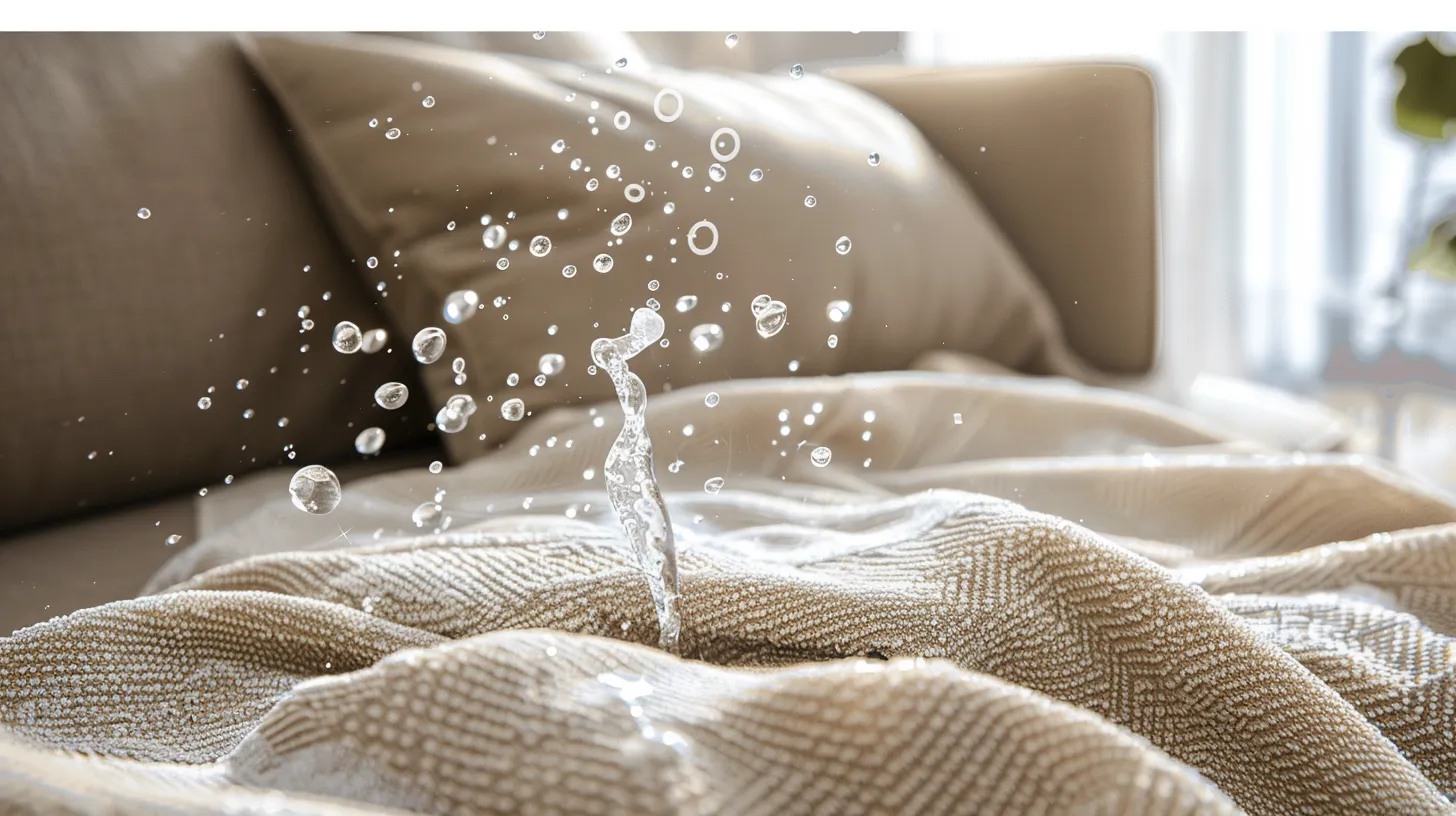
Polyester fabric, weighing a mere 340g/m2, combines lightweight convenience with remarkable durability, evidenced by its Martindale test result of 53,000. This test, crucial in assessing the wear and tear a fabric can withstand, places polyester at an advantage, especially for items like couch cushion covers that endure frequent use. The lightweight nature of polyester not only facilitates ease of handling and maintenance but also contributes to its long-lasting quality.
When it comes to drying polyester, care must be taken to preserve the fabric's integrity and quality. The recommended method is air drying, which is gentle on the material and helps maintain its shape and texture. Utilizing a machine dryer could potentially damage the polyester, negating its durability advantage. Instead, a method involving towel drying can be employed post-washing to expedite water removal. Following this, the drip dry technique, where the cushion covers are hung in a shaded area, further ensures a thorough drying process without compromising the fabric quality. These drying methods, tailored specifically for polyester, underscore its easy maintenance while safeguarding its lightweight and durable characteristics.
Pre-Drying Preparation
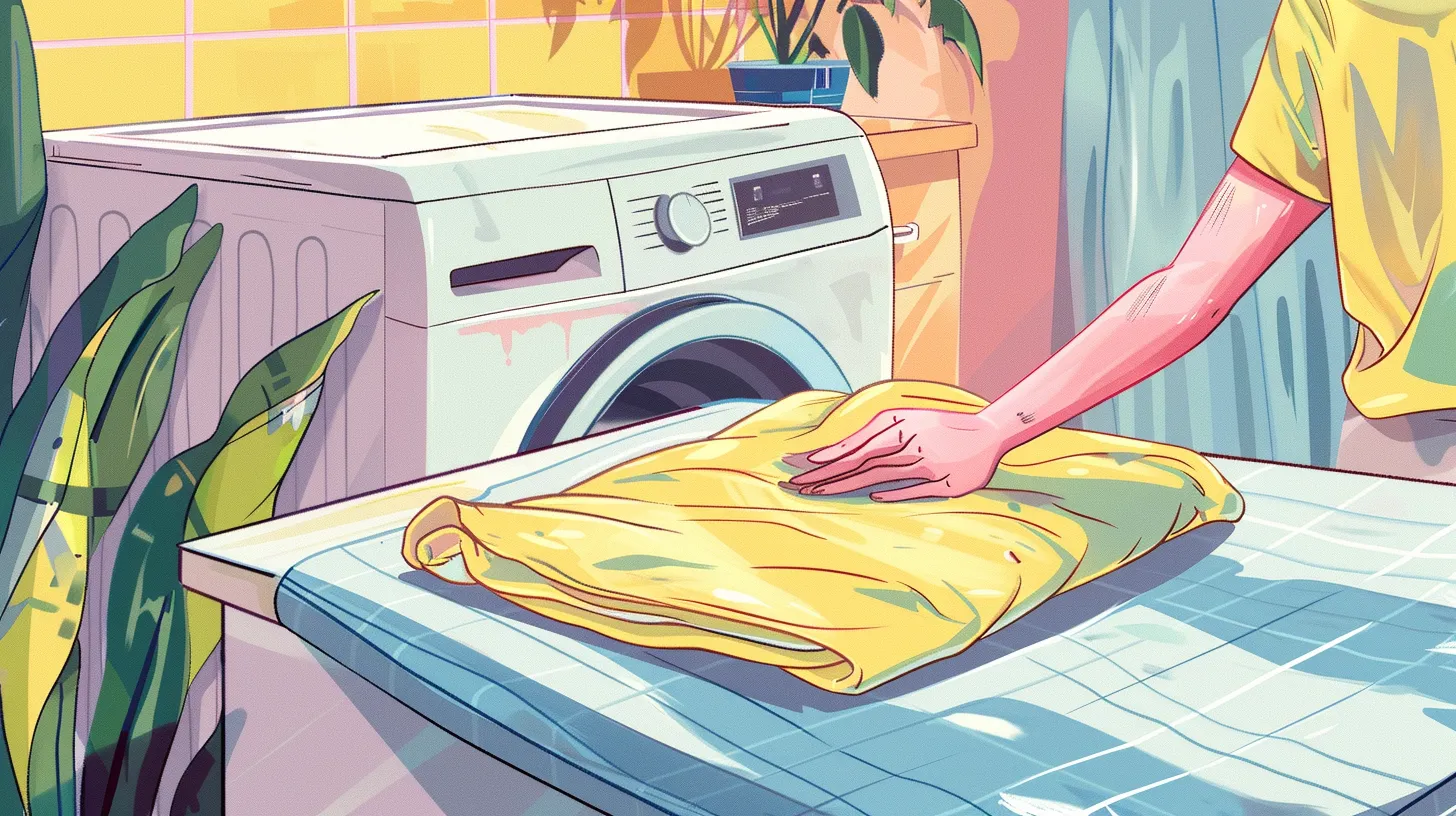
To ensure the longevity and appearance of your couch's polyester cushion covers, initiating the drying process with thorough pre-drying preparation is crucial. This step involves careful handling and treatment of the fabric to maintain its quality and to prevent damage. The goal is to remove excess water and prepare the covers for drying in a way that ensures they will be completely dry without compromising their texture or appearance.
Following these steps will help achieve the best results:
-
Gently Squeeze Excess Water: After washing, carefully squeeze out any excess water from the cushion covers. This action should be gentle to avoid stretching or distorting the polyester fabric. It is crucial to avoid wringing or twisting the covers, as this can lead to damage.
-
Lay Flat on a Clean Towel: Spread the cushion covers flat on a clean, absorbent towel. This will help absorb more moisture from the fabric, speeding up the drying process while maintaining the shape of the covers.
-
Smooth Out Wrinkles: Before leaving the covers to air dry, smooth out any wrinkles or creases. This step ensures that once the covers are completely dry, they will look neat and are ready to be put back on the sofa without further ironing or adjustments.
Ideal Drying Methods
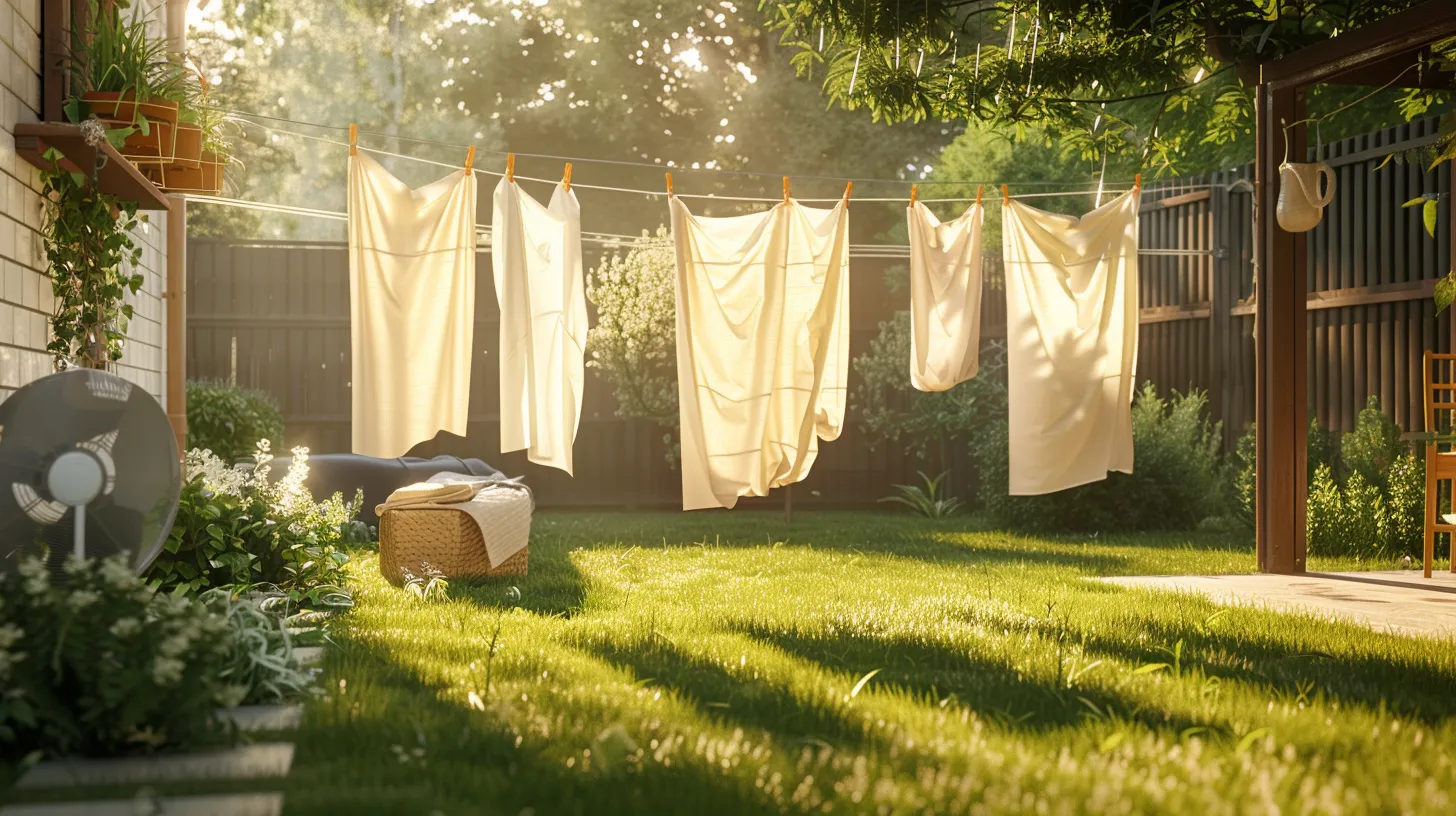
Once the pre-drying preparation of polyester couch cushion covers is complete, selecting an appropriate drying method is crucial to maintain the fabric's integrity and appearance. Air drying, particularly drip drying in a shaded area, is highly recommended for polyester cushion covers. This method helps preserve the fabric quality by minimizing exposure to direct sunlight, which can degrade the material over time.
Spreading the covers out on a towel immediately after washing can effectively remove excess water, further facilitating the drying process without subjecting the fabric to the stress of wringing. It's important to avoid the use of heated dryers, as the high temperatures can cause potential damage to the polyester material, including shrinkage and weakening of the fibers.
Adhering to the care instructions that advocate for drip drying in the shade not only ensures the longevity of the cushion covers but also helps prevent any unnecessary wear and tear. By choosing air drying as the preferred method, you safeguard the cushion covers against damage, thereby ensuring they retain their appearance and functional quality for a longer period.
Common Drying Mistakes
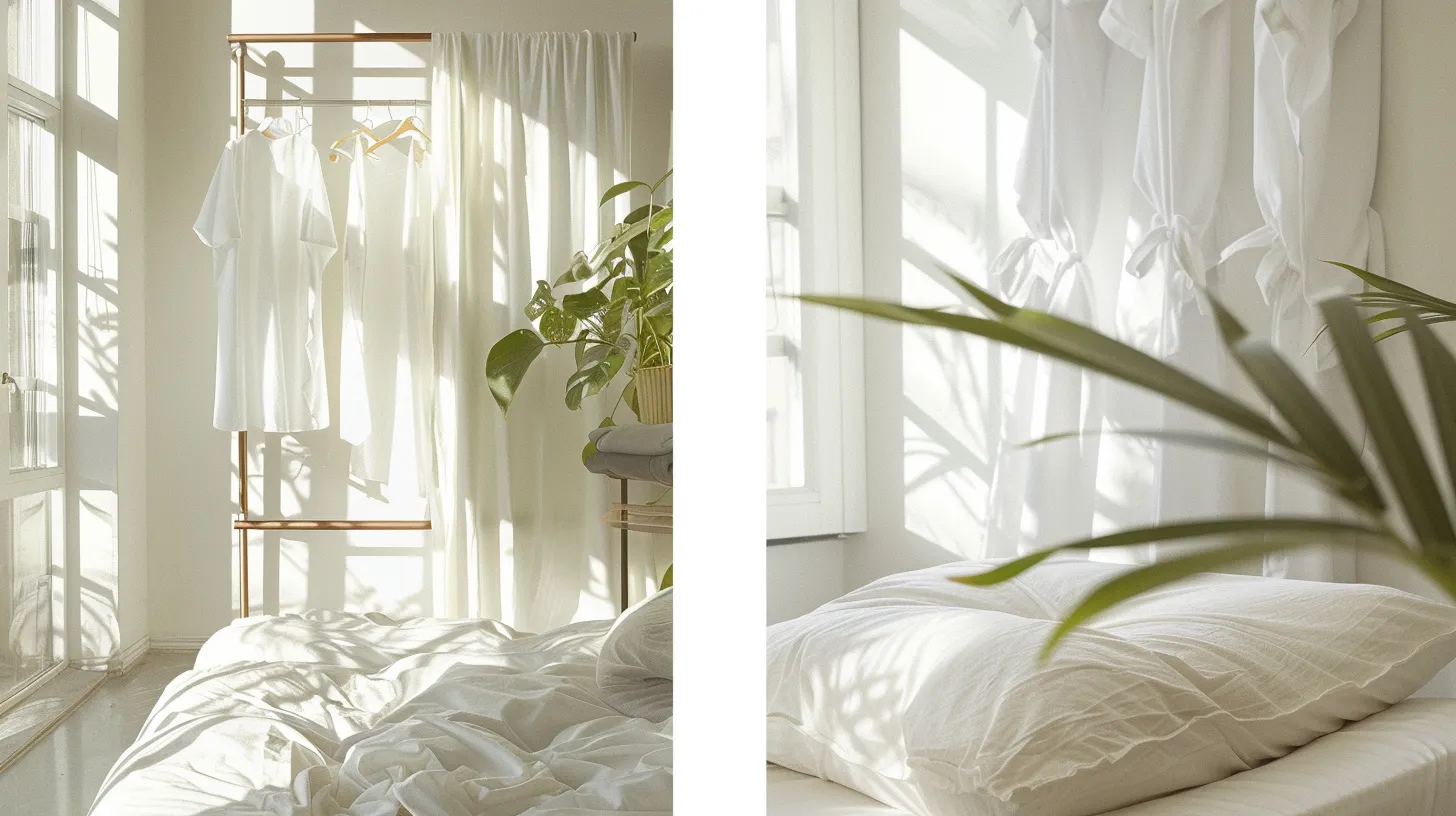
Despite the clear guidelines for drying polyester couch cushion covers, common mistakes often compromise the fabric's quality and longevity. Proper care is crucial to preserve their shape and texture, yet many individuals unknowingly cause damage during the drying process. To avoid these pitfalls, it is essential to recognize and correct these errors.
- Using Heated Dryers:
- The temptation to use heated dryers for quick drying is prevalent, but this method can lead to significant fabric damage and shrinkage. Polyester is a resilient material, yet it is not immune to the high temperatures of heated dryers, which can alter its properties and appearance.
- Neglecting to Air Dry in a Shaded Area:
- Omitting the step of air drying polyester couch cushion covers in a shaded, well-ventilated space compromises their quality. Direct sunlight or overly humid environments can affect the fabric's integrity, leading to premature wear and tear.
- Skipping the Towel and Drip Dry Technique:
- Failing to employ the towel and drip dry technique post-washing results in excess water retention, which can distort the fabric. This oversight neglects the importance of gently removing excess water before proceeding to the proper drying methods, thereby ensuring the longevity and durability of polyester couch cushion covers.
Maintenance After Drying
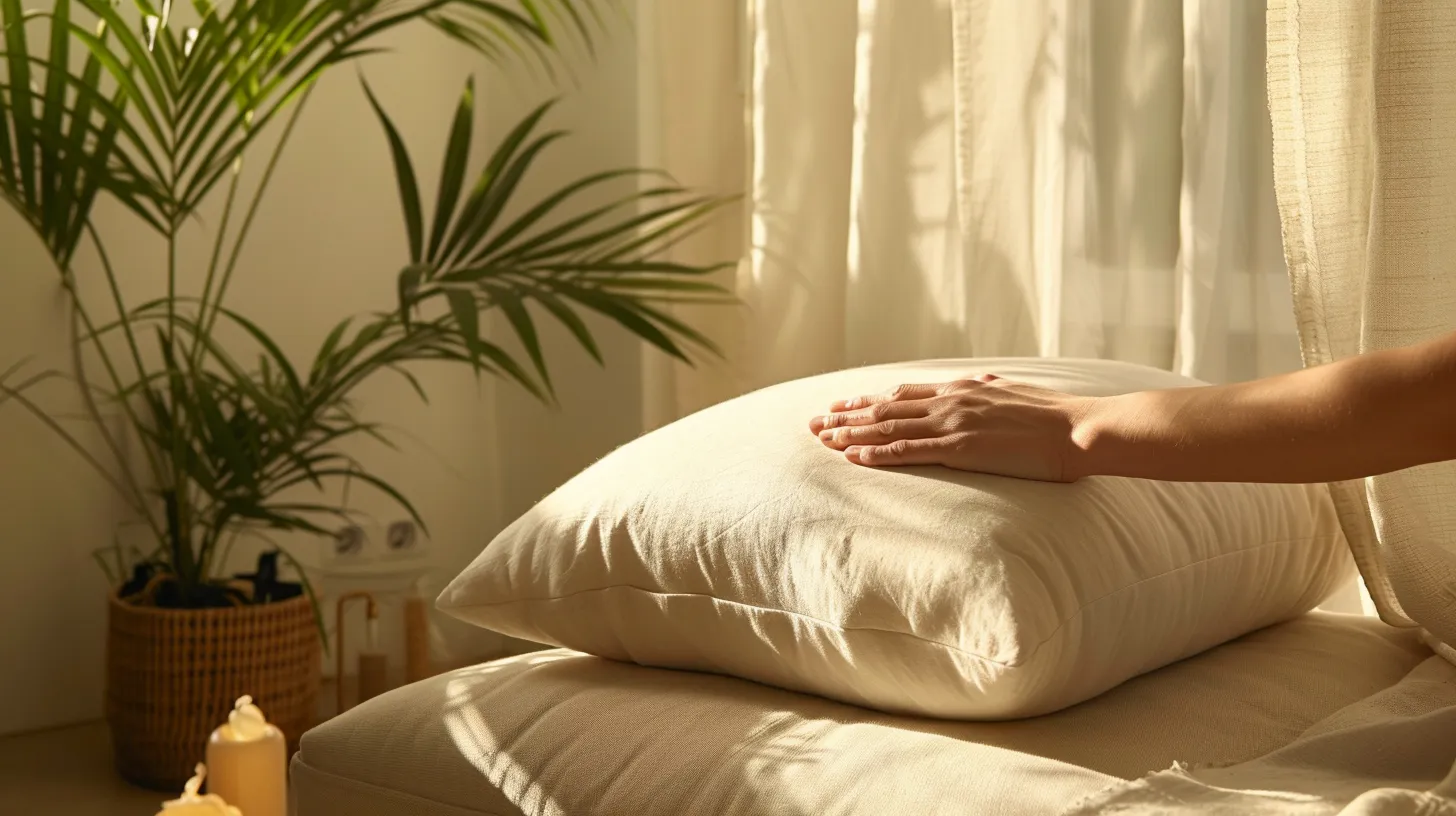
Proper maintenance of polyester couch cushion covers after drying is crucial for preserving their appearance and extending their lifespan. For owners of removable covers, the first step in maintenance is ensuring they dry completely. Any residual moisture can lead to mildew or musty odors, compromising the fabric's integrity and freshness. Therefore, it's essential to check the covers meticulously for any dampness. Once you've confirmed they're fully dry, inspect for wrinkles or creases. These can detract from the covers' aesthetics and are best smoothed out before reapplication to the cushions.
Moreover, when drying, it's advisable to avoid direct sunlight. While sunlight can speed up the drying process, it can also cause color fading and weaken the polyester fibers, leading to premature wear. By drying your covers away from direct sunlight, you help preserve their color and structural integrity.










